
Introduction:
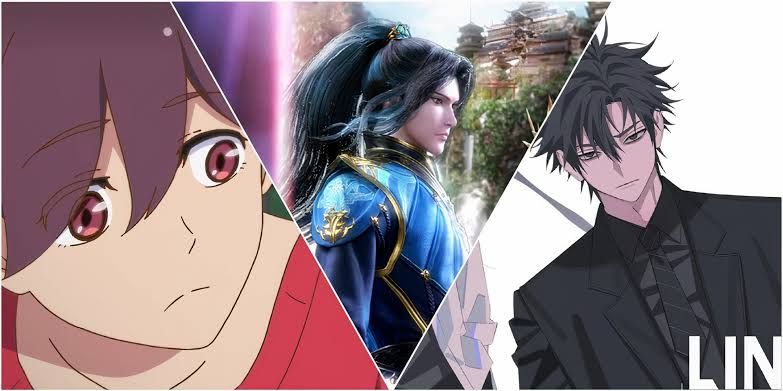
China’s cultural and creative industries have undergone a significant transformation over the past two decades, with one of the most notable advancements occurring in the realm of animation. Once predominantly a consumer of Japanese anime, China is now establishing a unique and powerful presence on the global animation stage. The rise of Chinese anime, known locally as donghua, represents a profound shift in the global entertainment landscape. With standout productions such as Link Click, To Be Hero X, Nezha: The Devil’s Birth (Nezha 2), and the highly anticipated Lord of the Mysteries, China is stepping into a new era of animation that blends technological innovation, cultural richness, and narrative sophistication.
This article delves deep into China’s growth in the anime industry, exploring the origins of its animation boom, the distinguishing characteristics of its productions, and the rising global impact of its top shows. Through detailed case studies, industry analysis, and forward-looking insights, we uncover how China is reshaping the global animation narrative.
Historical Context: The Early Days of Donghua:
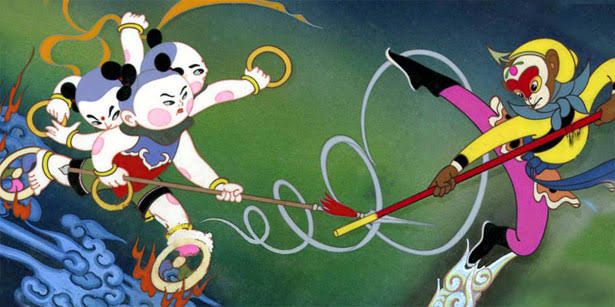
Chinese animation has roots dating back to the early 20th century. The Wan brothers, often credited as the pioneers of Chinese animation, produced Asia’s first full-length animated film, Princess Iron Fan (1941). Despite its groundbreaking nature, Chinese animation remained largely isolated from international markets for decades due to geopolitical, economic, and technological constraints.
During the late 20th century, China’s animation industry was often criticized for lacking originality, often replicating the styles and themes of Japanese anime without cultivating a unique voice. However, this period laid the foundation for technical training and market development. As China’s economy grew and internet penetration expanded, the demand for homegrown entertainment soared. With the rise of streaming platforms like bilibili, Tencent Video, and iQIYI, animation studios found new avenues for distribution, funding, and fan engagement.
The Turning Point: The 2010s and the Rise of Original Content
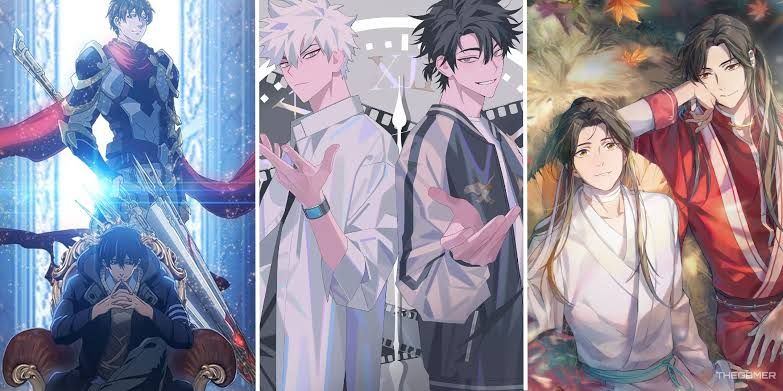
The 2010s marked a significant shift. Government policy supported the growth of cultural industries, recognizing animation as a strategic sector. Incentives were provided to studios for developing original content, and censorship rules gradually allowed more nuanced storytelling. The decade saw a surge of new animation studios and a focus on elevating production quality.
Key milestones included:
The breakout success of The King’s Avatar (2017), which popularized esports-themed anime in China.
Big Fish & Begonia (2016), a film that showcased stunning visual artistry and deep philosophical themes rooted in Chinese mythology.
Growing international recognition, with Chinese titles appearing on global streaming services such as Netflix, Crunchyroll, and Funimation.
Spotlight on Iconic Chinese Anime Titles
Link Click (2021)
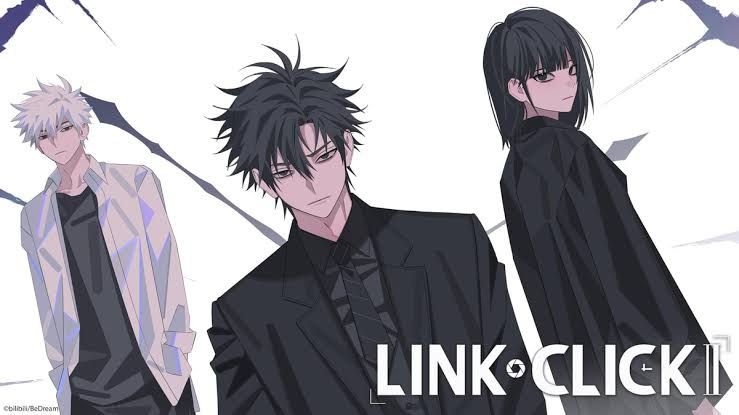
Perhaps no modern Chinese anime has made as deep an international impression as Link Click (Shiguang Dailiren). Created by studio Haoliners and streamed globally via Funimation and Crunchyroll, Link Click blends supernatural elements with emotional realism. The story follows two young men who use photographs to travel into the past and resolve people’s regrets. With each mission, they face moral dilemmas, heartbreak, and irreversible consequences.
What set Link Click apart was its mature storytelling, non-linear narrative, and cinematic direction. The animation style combined 2D hand-drawn aesthetics with modern editing techniques, giving it a unique, immersive look. The show’s success led to a second season in 2023, which delved deeper into character backstories and expanded the narrative scope.
Globally, Link Click was praised for its storytelling, pacing, and emotional impact, proving that Chinese studios could compete with Japan’s best when it came to character-driven drama.
To Be Hero X (2025)
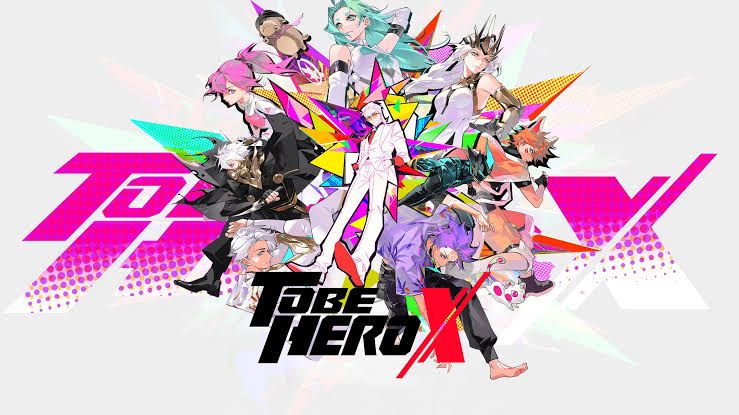
To Be Hero X represents the next stage in donghua evolution. Produced by Studio L2 and bilibili, the show uses a hybrid of CGI and traditional animation to deliver a highly stylized and fluid visual experience. The story subverts superhero tropes, focusing on a world where humans have been oppressed by a god-like force, and a mysterious protagonist seeks vengeance.
The show’s strength lies in its unpredictable storytelling, philosophical undertones, and striking visuals. The action choreography, in particular, showcases China’s growing expertise in integrating 3D animation seamlessly with 2D techniques.
Nezha: The Devil’s Birth (Nezha 2)
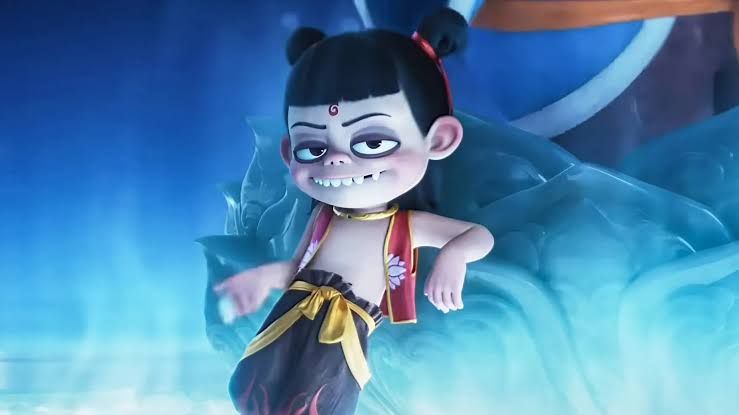
The original Nezha (2019) was a cultural phenomenon, grossing over $700 million at the Chinese box office and becoming the highest-grossing animated film in China at the time. The story reimagines the mythological character Nezha as a rebellious youth fighting against his cursed destiny.
With Nezha 2, the stakes are even higher. The sequel continues the tale with darker themes and a deeper exploration of identity, fate, and power. The animation quality has seen a significant upgrade, incorporating cutting-edge visual effects and refined character designs.
More than just a sequel, Nezha 2 aims to expand China’s mythological cinematic universe, similar to how Marvel Studios builds interconnected stories. There is even talk of crossovers with other myth-based characters like Jiang Ziya.
Lord of the Mysteries (Upcoming)
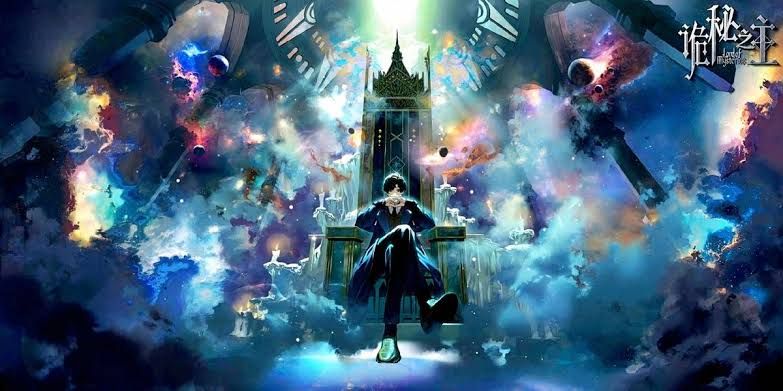
Based on the hit web novel by Cuttlefish That Loves Diving, Lord of the Mysteries is one of the most anticipated donghua releases of the decade. Set in a dark steampunk world inspired by Lovecraftian horror, Victorian-era aesthetics, and Chinese fantasy, the story follows Klein Moretti, a man who becomes embroiled in secret societies, supernatural rituals, and arcane knowledge.
The novel boasts millions of readers worldwide, and the anime adaptation by Tencent is expected to be a flagship production. With its complex world-building, gothic atmosphere, and morally ambiguous protagonist, Lord of the Mysteries has the potential to become a cornerstone in China’s anime portfolio, appealing to fans of Fullmetal Alchemist: Brotherhood, D.Gray-man, and Attack on Titan.
Unique Features of Chinese Anime
Chinese anime distinguishes itself in several key ways:
Cultural Roots: Unlike Japanese anime, which often draws on Shintoism and samurai tropes, Chinese anime frequently references Taoist philosophy, Confucian ideals, and classic literature like Journey to the West and Romance of the Three Kingdoms.
Visual Innovation: Studios are pushing the boundaries of animation technology. Projects like Fog Hill of Five Elements and White Cat Legend blend traditional ink-painting styles with modern animation techniques, creating a uniquely Chinese visual identity.
Narrative Depth: Many donghua titles explore philosophical and existential themes, with characters often navigating moral ambiguity and societal constraints. This gives the stories a grounded, intellectual tone that appeals to mature audiences.
Strategic Funding and Distribution: Unlike Japan’s anime industry, which often relies on the production committee system, China benefits from massive investments by tech giants like Tencent, Alibaba, and bilibili, enabling longer production cycles and more creative freedom.
The Global Reach of Donghua
The international success of Chinese anime has been facilitated by strategic partnerships and streaming distribution. Platforms like Netflix, Crunchyroll, and YouTube have introduced donghua to a worldwide audience. Scissor Seven, Heaven Official’s Blessing, and The Daily Life of the Immortal King have found considerable success among non-Chinese viewers.
Fan conventions, anime expos, and online communities have embraced these titles, creating fan art, cosplay, and translations. Additionally, the use of multiple language dubs, including Japanese and English, helps bridge the cultural gap.
Collaborations between Chinese and Japanese studios are also increasing. For instance, The King’s Avatar received assistance from Japanese animators for its fight scenes, blending the best of both worlds.
Challenges Ahead:
Despite its rapid growth, Chinese anime faces several challenges:
Censorship: Content regulations can limit creative expression, particularly when dealing with sensitive or mature themes.
Cultural Translation: Some stories heavily embedded in Chinese culture may be difficult for international audiences to fully appreciate.
Quality Control: The fast-paced production environment can lead to inconsistencies in animation quality or storytelling coherence.
However, these challenges are not insurmountable. As studios gain more experience and audiences become more globally aware, the gap continues to narrow.
The Future of Chinese Anime
Looking ahead, the future of Chinese anime appears bright and full of promise. With upcoming projects like Lord of the Mysteries, Blades of the Guardians, and new seasons of Fog Hill of Five Elements, China is poised to become a global animation powerhouse.
Investment in talent development, international collaboration, and AI-enhanced animation tools will further accelerate growth. Educational institutions and art academies are also nurturing the next generation of animators, screenwriters, and voice actors.
Moreover, the growing popularity of web novels, manhua (Chinese comics), and mobile games provides a rich reservoir of source material for future adaptations.
Conclusion
China’s emergence as a global animation leader is no longer a distant dream but a rapidly unfolding reality. With a unique blend of cultural heritage, technological prowess, and narrative ambition, Chinese anime is capturing hearts both at home and abroad. Shows like Link Click and To Be Hero X prove that China can craft stories as emotionally profound and visually striking as any studio in Japan or the West. Films like Nezha are not only box office giants but cultural milestones. And with Lord of the Mysteries, the world watches with anticipation as China pushes the boundaries of animated storytelling even further.
In the years to come, don’t be surprised if Chinese anime stands shoulder-to-shoulder with its Japanese and Western counterparts as a defining force in global pop culture.








